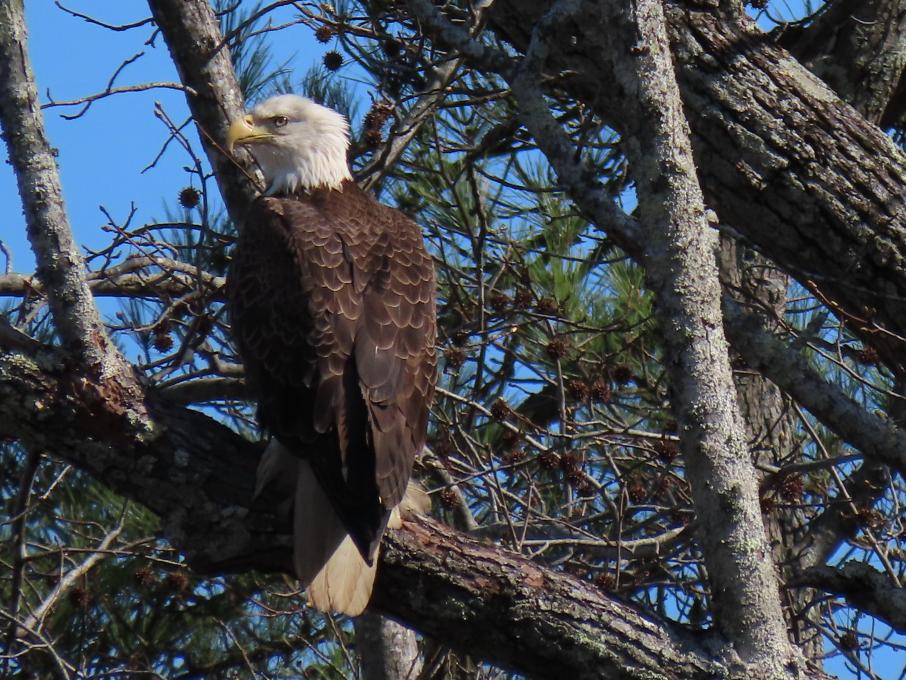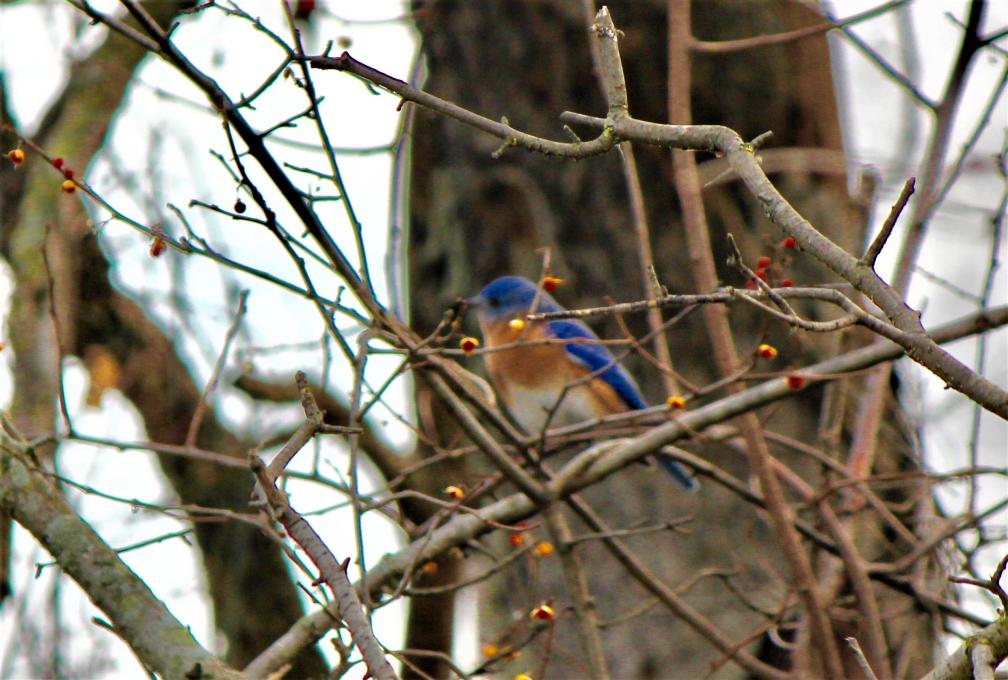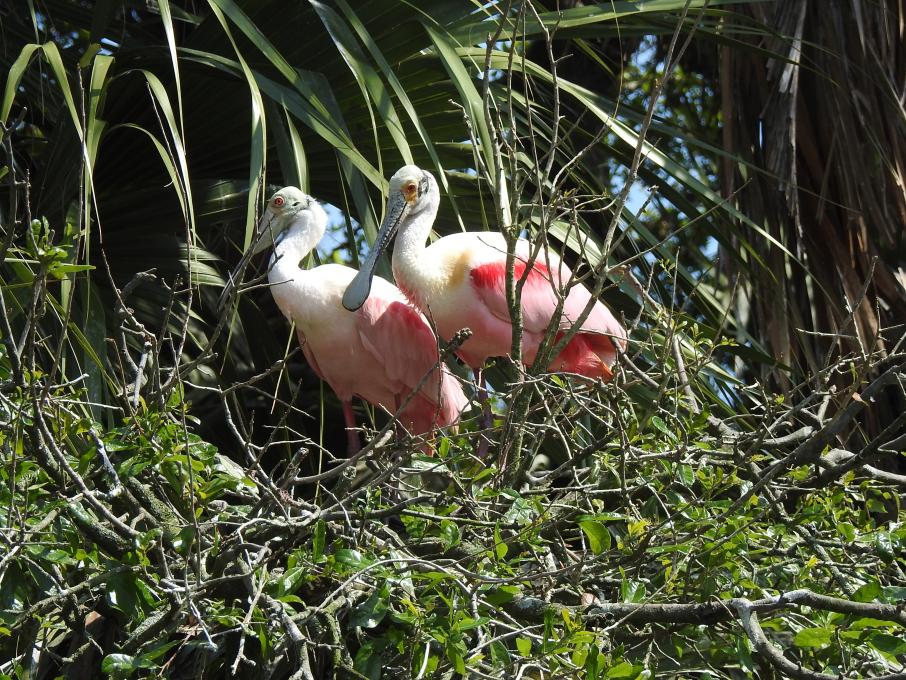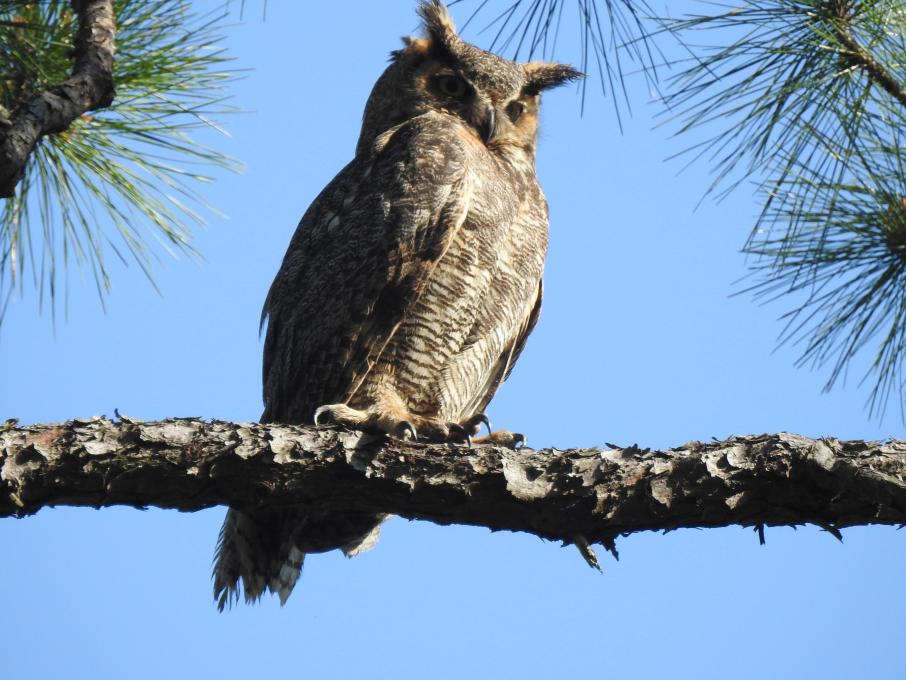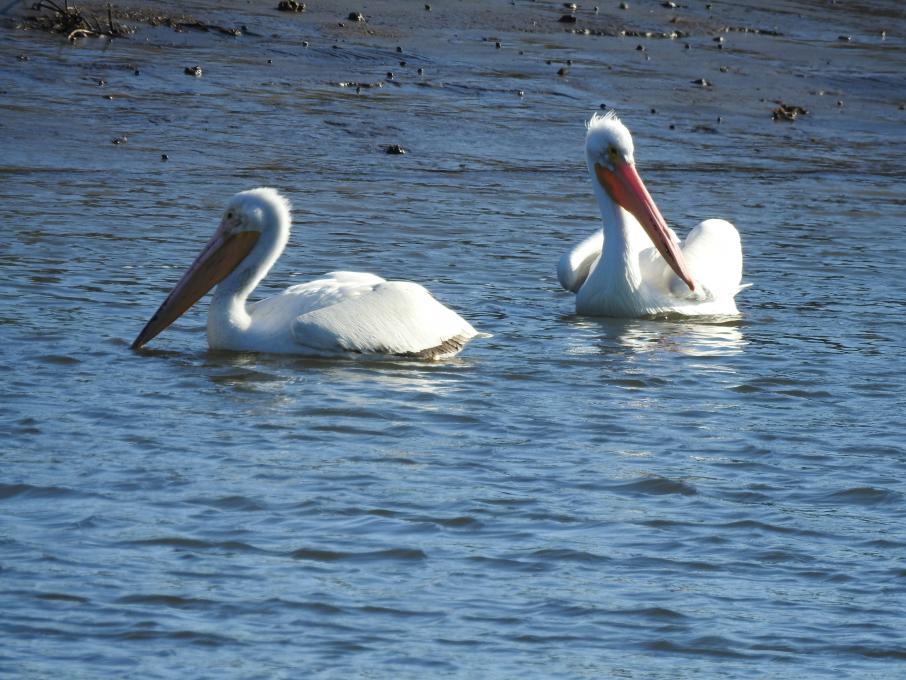The Cornell Lab Bird Academy › Discussion Groups › Joy of Birdwatching › Activities: Exploring Birds
-
Too many emails
-
I think my favorite bird is the Indigo Bunting. In south Texas where I have a winter home, my favorite time of year is spring migration season. My area is one of the flyways for migrating birds. This year (2020) I saw dozens of indigo buntings. Their bright blue color is gorgeous. Females are also pretty with their hint of blue on the wings. Also interesting is the immature males with their mottled bodies in process of turning blue. I saw many other birds this year including lots of types of warblers, orioles, hummingbirds, thrushes, sparrows, tanagers, woodpeckers, and parulas. At my home in Michigan this spring I have just seen my first goldfinches. I have thistle feeders in both the front and back yards. Last year my fruit and jelly feeder attracted many Baltimore orioles. I have lots of finches, sparrows, woodpeckers, cardinals, etc. but hope to attract other species by planting bushes that provide berries as well as providing food and nearby water. Knowing that the birds are attracted to dripping water, I will put in a shallow fountain this year. My biggest problem is squirrels raiding my feeders. Despite baffles, they still manage to get into my feeders. I think I will try installing a squirrel feeder since deterring them doesn’t seem to work! Unfortunately, I don’t have a picture to share from this device.
-
Squirrels are my biggest problem as well. Not only do they raid the feeders, they destroy them. I thought of getting a squirrel feeder, but I fear I would attract even more and they would still raid the feeders.
-
-

For activity 3, I chose the diminutive Black-capped Chickadee. It is a year-round resident here in Minnesota, enduring our harsh winters. It seems to be a playful and inquisitive little bird and I enjoy hearing them fill the air with the high-low pitch of their song.-
Hi Jeffrey - I also love the song of the Chickadee. It is one of my very favorite birds. Living next door to you in Wisconsin, I also appreciate that he stays all year-round and keeps us company through the long winter.
That is a great photo!!
Sarah
-
-

Our favorite birds are from Lake Winnipeg where we camp every year. Above is a Broad-winged Hawk. They were nesting on the edge of our campsite and we watched the juveniles grow and fledge. This one is enjoying lunch! We loved watching the drama between this family and the local squirrel who very nearly was caught right in front of us.
Below is an American White Pelican. These birds are wonderful to watch on the lake, checking out what the local fishermen are getting. We've seen them fish by moving forward in a straight broad line, then curving in to create a circle around the fish and then dipping their heads and lifting to swallow, all in unison. Amazing!
Finally, our last favorite is the Veery which we do not have a picture of yet. It has a song that is truly gorgeous that we hear from our tent at dusk and dawn. You must check it out. It actually showed up in our backyard last week for the first time so I'm hoping to see it again before summer.
-
Hi, everyone. I'm enjoying the course so far and hope you all are, too. I live in southeast British Columbia, Canada.
Activity 1: I chose the Common Loon from the Wall of Birds because it's haunting call reminds me of canoe/camping trips on Arctic lakes.
Activity 2: My first bird is the grouse which is in the Chicken-Like Group. I hear them often when I'm waking in the provincial park next door to us. Occasionally, one flies up as I walk by. My second bird the Mallard Duck from the Swimming Birds Group. Mallards are plentiful on the nearby ponds and they are easy to identify! There are also lots of other ducks that I can't yet identify. My third bird is the Red Tail Hawk in the Raptor Group. Again, it's fairly common and easy to identify. I love the way they soar.
Activity 3: My two favourite birds in the neighbourhood are the Common Loon and a large brown hawk that I haven't yet identified. The hawk is one of my favourites because one took flight from a tree as I walked by and startled me, making me look up. This was a few weeks ago. I saw the beautiful bird take flight with a great whooshing of wings. As I watched it glide over the pond I saw 2 bald eagles also circling the pond. That's the moment my interest in bird watching was rekindled. -
 This Southwest Florida Egret is enjoying his breakfast as we wait to enter a wildlife park near Big Cypress Preserve. This bird took the better part of an hour positioning his food before swallowing. Our five day trip in early March got us started on our newly found bird watching.
This Southwest Florida Egret is enjoying his breakfast as we wait to enter a wildlife park near Big Cypress Preserve. This bird took the better part of an hour positioning his food before swallowing. Our five day trip in early March got us started on our newly found bird watching. -
Hi Everyone,
I'm very excited to take this course.
I think my favorite "bird" from the wall of birds is the black Caiman. I didn't realize this was the closest living relative!
Today on my walk around the neighborhood I say a mallard - waterfowl. I also saw a junco making a nest - song bird. Finally, I have a pair of bald eagles I can see from my home flying around - raptor.
My favorite bird around my home is probably the pileated woodpecker. I love its red crest and big wonky body. I think it looks like a cartoon :) -

 We are beginning bird enthusiasts. We have watched them around our yard for years but only recently paid closer attention. Since we have been home more in the past month, from the first time we saw this (top photo) male American Goldfinch (we think?) at our West Chazy, New York home this March, to when this photo was taken, his color had transformed from a dull olive to a bright yellow. Surprisingly beautiful. We had heard the sound of the Mourning Dove (we think?) for years before we saw it and knew what it was. We like its smooth plump sleekness.
We are beginning bird enthusiasts. We have watched them around our yard for years but only recently paid closer attention. Since we have been home more in the past month, from the first time we saw this (top photo) male American Goldfinch (we think?) at our West Chazy, New York home this March, to when this photo was taken, his color had transformed from a dull olive to a bright yellow. Surprisingly beautiful. We had heard the sound of the Mourning Dove (we think?) for years before we saw it and knew what it was. We like its smooth plump sleekness. -
Finding and identifying birds is an interest you can take anywhere. Some of my favourite bird types are the hornbill and roller. I have included photos I have taken in southern Africa of the lilac breasted roller and red billed hornbill.


-
Beautiful photos!!
-

@Susane - An Indian roller for comparison. :) -
@Susanne - Indian Hornbill

-
Beautiful! Amazing to see so many different birds that participants have been able to see and capture. Thanks for sharing!
-
-

Not sure what this beauty is but there were a dozen in our tree in the fall of 2018. This sparked my interest in birds. I charged my camera this evening thinking I may hear birds chirping but it was quite quiet. With all my excitement I forgot to load the camera with the battery !-
It looks like a cedar waxwing.
-
It is a Cedar or Bohemian Waxwing.
-
@Danya I believe it is Bohemian Waxwing because of its overall coloring and the gray belly. The Cedar normally is more brown tones and has a pale yellow belly.
-
-
Hello All!
We had several visitors today.
The Quail came to visit and one male actually landed on our deck. They are so organized the way they travel together and watch out for the group.
A beautiful Red Shouldered Hawk was overhead but the Quail were all safe. Lots of tall poppies and bushes for them.
There is an Anna’s Hummingbird that owns several high tree spots and visits often. Once a Scrub Jay was sitting in it’s favorite place and the hummer was not too happy.
One of my favorites in the neighborhood is the Dark Eyed Junko. This was the first bird I identified for the Great Backyard Bird Count earlier this year. His call was the first every morning right outside the bedroom window. It took a few days for me to actually see him. All that time I was saying “who is that bird”?
This is my first time in the discussion board and what beautiful photos are being posted!
-
I love watching the humming birds on our sage, but I rarely catch them on the camera. (Long Beach, CA)

-
Three of our favorite backyard birds who have been steadily visiting our feeders recently : Northern Cardinals; Purple Finches; Goldfinches. Also, we have several species of Sparrows, (House/Chipping/ Fox/Tree), have had a steady flock approximately 10 - 15 each of Cowbirds,Red Winged Blackbirds, along with several Grackles and Starlings . We still see our Woodpeckers and occasional Chickadees at our peanut feeders when the squirrels have not drained these feeders . We have missed our cool Nuthatches since February, hoping they will return soon !
-
I wouldn't say that these are my favorite birds, but I do see a lot of them, especially now that I'm paying attention
I think they might be mourning doves


do birds just bask in the sun?-
Do birds bask in the sun? Yes. I was hiking at Mirror Lake in Wisconsin and there were Turkey Vultures perched in the trees with their backs to the sun and their wings out-stretched. They were just taking in the warmth of the sun on a cool morning.

-
-
My wife and I spend winters in Florida (Delray Beach) and the rest of the year on the eastern edge of NYC. This year we did not rush home so are still Florida 'snowbirds' until end of May.
There are so many great birds right outside our front door (we face a large lake that has a nearby island) that it is hard to pick and choose among the many residents. Right now the egrets are nesting and looks like getting ready to give birth. They are very active nest-building along with some tri-colors and great blue herons. And the wood storks (shown in the picture) hold sway in the upper parts of the island canopy. My wife and I spend winters in Florida (Delray Beach) and the rest of the year on the eastern edge of NYC. This year we did not rush home so are still Florida 'snowbirds' until end of May. There are so many great birds right outside our front door (we face a large lake that has a nearby island) that it is hard to pick and choose among the many residents. Right now the egrets are nesting and looks like getting ready to give birth. They are very active nest-building along with some tri-colors and great blue herons. And the wood storks hold sway in the upper parts of the island canopy. I'd like to be able to share this joy with others.
My wife and I spend winters in Florida (Delray Beach) and the rest of the year on the eastern edge of NYC. This year we did not rush home so are still Florida 'snowbirds' until end of May. There are so many great birds right outside our front door (we face a large lake that has a nearby island) that it is hard to pick and choose among the many residents. Right now the egrets are nesting and looks like getting ready to give birth. They are very active nest-building along with some tri-colors and great blue herons. And the wood storks hold sway in the upper parts of the island canopy. I'd like to be able to share this joy with others. -
Of all of the birds i have photographed over the past two years the Bald Eagle is my favorite. I have been able to photograph 182 species since I started birding April 20, 2018. I hope taking this course helps me even more in able to identify the birds that I hear daily but never seem to find them.
-
That is a remarkably clear and dramatic image. Can you give any info about location and the type of camera set-up you used to get this shot. Much appreciated. Bill
-
-

-

Besides our backyard birds, was able to catch this Bluebird on a Winter walk down the Fox River Trail in N. Illinois , in January a few years ago. Typically we do not see these beauties until late April, so getting our blue bird boxes ready now !!!!
-
Just posting this in the hopes it removes all the email I’ve been getting!
-
Some of my favorite birds is the Atlantic Puffin like how they sound and they like to spend most of the time out in the water.
American Oystercatcher is another favorite that I get to see when I get up early and go to the beach.
I don’t have many good photos to put here-
I have never heard of seen the puffins, but I am listening to a recording of them now, since you brought them up. Thanks to the All About birds page for their recordings. What an amazing sound.
-
-
One of favorite birds are the snowy egrets and herons. I like how they walk in the water looking for fish and frogs.
-
Their walk and demaenor is spectacular.
-
-
My favorite bird to watch from our patio is the American Goldfinch ... they come back every year and grace us with their flying acrobatics and their beautiful colors. Sadly, I am not able to take photos as I don't have such equipment, but they are a joy to watch.
-

- Roseatte Spoonbills are nesting here in St. Marys GA right now. Beautiful Wading Birds.

- Great Horned Owl posing in St. Marys GA

- And my favorite from the Wall of Birds, the American White Pelican. Amazing because it lives in two very different habitats - here in St. Marys Ga in the winter, and in Canadian and mid-west US lakes in the summer. They work together to herd fish and then scoop rather than dive on them like other Pelicans.
-
We had pelicans arrive back to central British Columbia a few weeks ago! I guess we have to share them. lol
-
I have seen American White Pelicans at Everglades in numbers. Canoed out tothe barrier islands one day.
-
reat shot of Spoonbill. I saw those at eco pond years ago. Eco pond is in Everglades, near Flamingo lodge.
-
Hi. I also love pelicans. I live in Saskatchewan and saw my first pelican of the season on my evening walk tonight! I especially love watching them as they soar. They remind me of flying dinosaurs.
-
Pelicans are among my favorite birds as well, and, thank you for the roseate spoonbill photo particularly. In February, visiting the Everglades, I searched for this species but was unsuccessful. One day I will see them in the wild!
-

I am enjoying the course. I just retired and have not had the time I would like to have to learn more so I am starting with this class. I want to be a photographer of birds and have taken many pictures of birds but I have a long way to go. I was driving home from a hike not far from my home in Wayne, PA and saw two black vultures just having a meal! I have never seen vultures in such an urban area before. I saw what I think was a swallow on a hike this weekend but did not have my camera so I will go back and get a picture to help me narrow down the bird. Ususally they are flying so fast it is hard to get them in focus. This place had nesting boxes and they were perched so I think I will be able to get a picture. I do have lots of visitors to my feeders and this week the cardinals, downey woodpecker and the Red-winged blackbirds have been busy.-
so cool! I had no idea that they were in urban areas either
-
-
I live in Cambridge, Massachusetts in a pretty densely populated area and most of the birds I see are the very common sparrows and such but I am hoping to spot something interesting to post here. I have been enjoying the lovely little song of the Song Sparrow perched the shrubs along the Charles River where I walk often.
-
Hi Frances, I too got a chance to see, hear and record (on my phone) a Song Sparrow. I didn’t know what it was when observed. Thought “there’s a nice little brown bird with a good voice” and because I had the recording and a decent picture, was able to positively ID, and in the process appreciated the nuance in the different sparrow songs, and even the different “melodies” from the Song Sparrow. I don’t always hang on to such info, but I don’t mind relearning!

-
Read More:

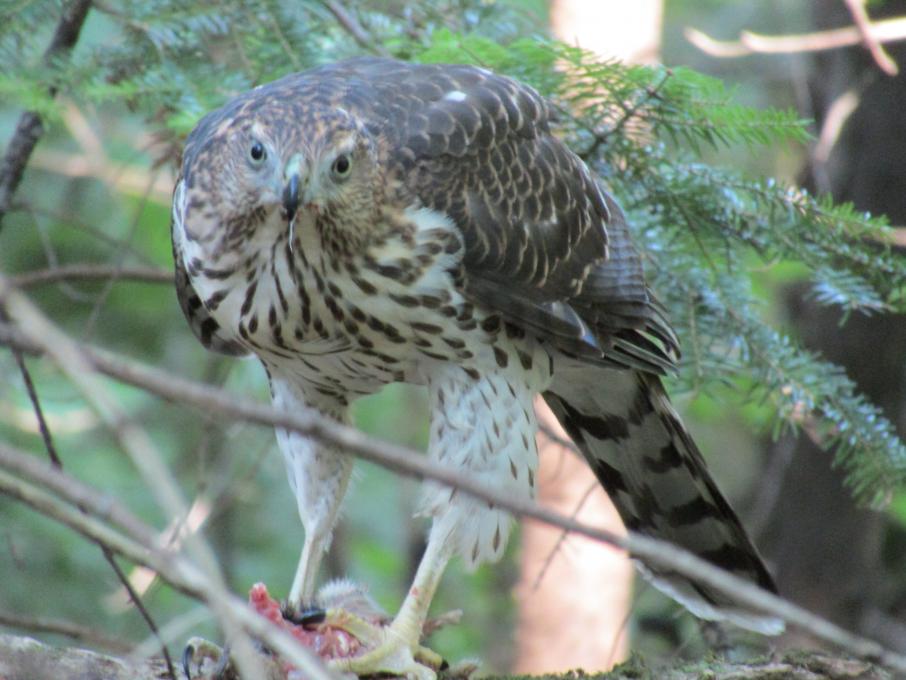
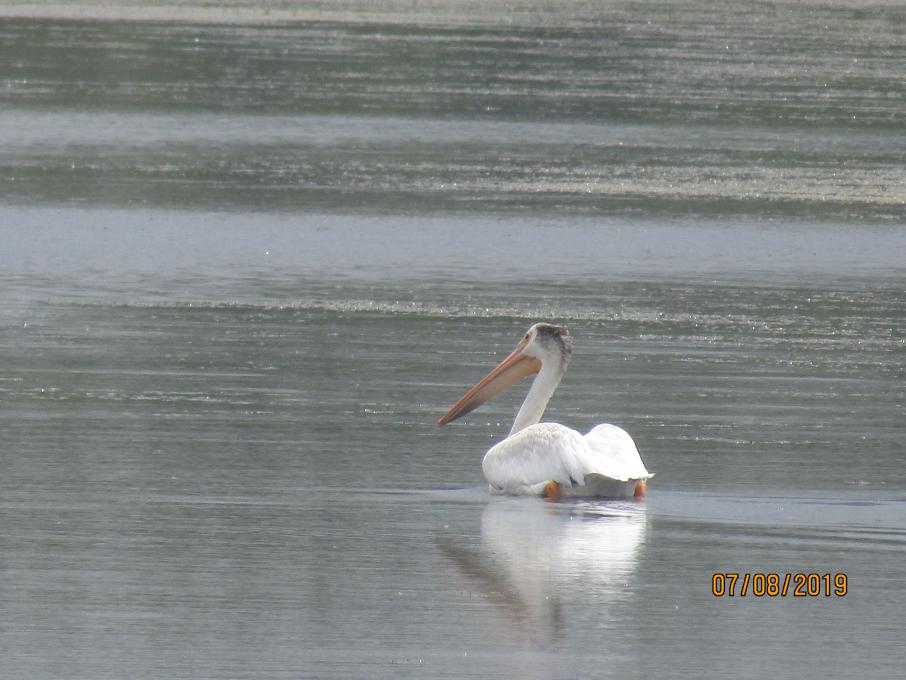
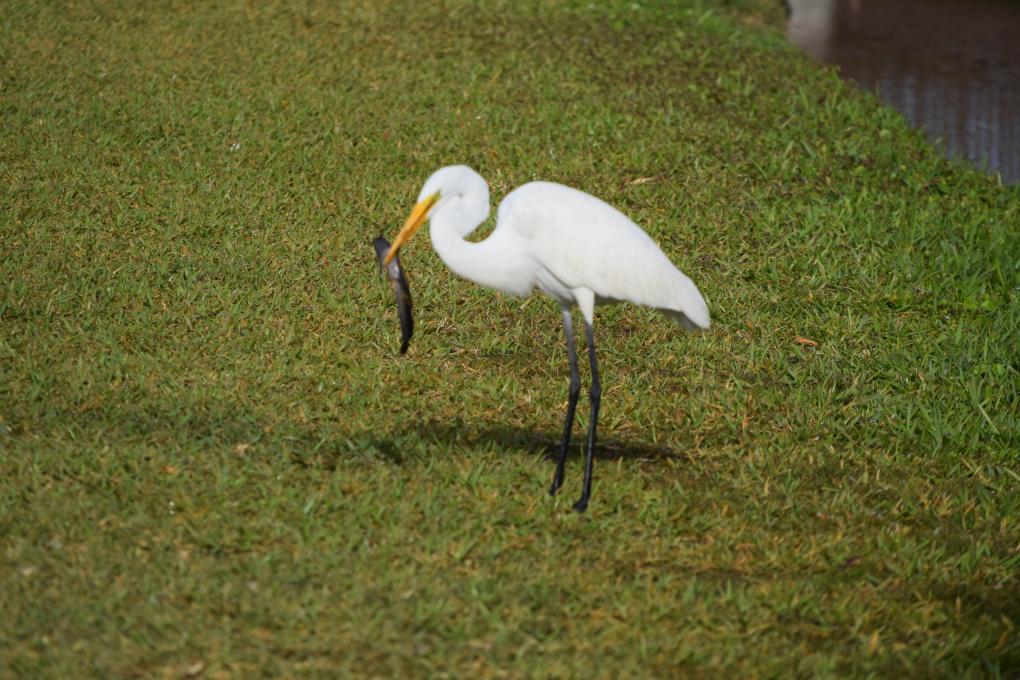 This Southwest Florida Egret is enjoying his breakfast as we wait to enter a wildlife park near Big Cypress Preserve. This bird took the better part of an hour positioning his food before swallowing. Our five day trip in early March got us started on our newly found bird watching.
This Southwest Florida Egret is enjoying his breakfast as we wait to enter a wildlife park near Big Cypress Preserve. This bird took the better part of an hour positioning his food before swallowing. Our five day trip in early March got us started on our newly found bird watching. 
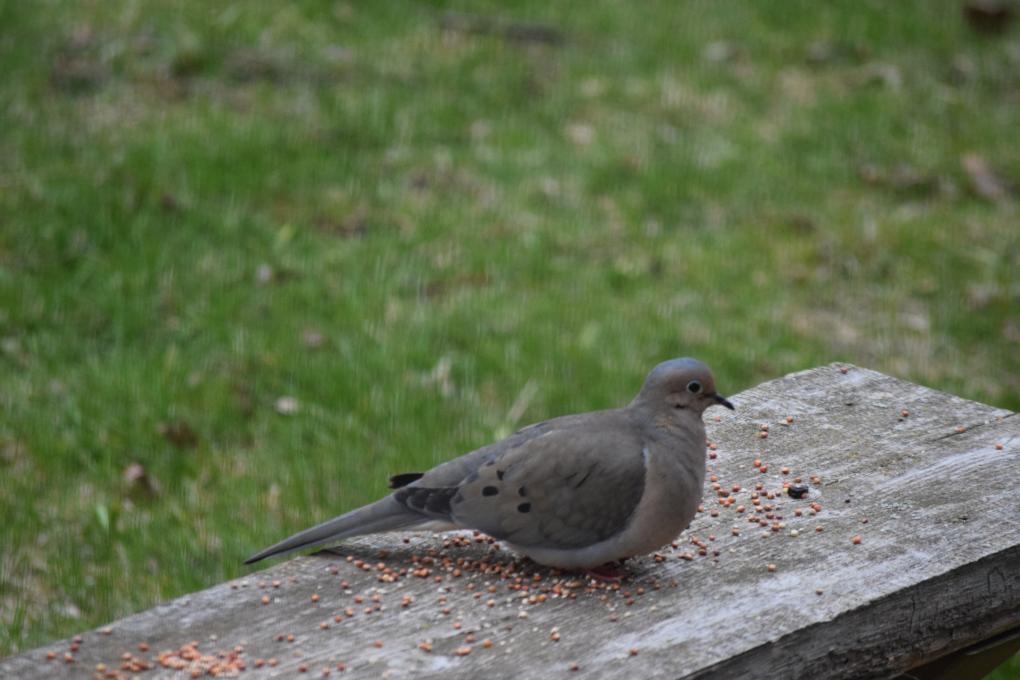 We are beginning bird enthusiasts. We have watched them around our yard for years but only recently paid closer attention. Since we have been home more in the past month, from the first time we saw this (top photo) male American Goldfinch (we think?) at our West Chazy, New York home this March, to when this photo was taken, his color had transformed from a dull olive to a bright yellow. Surprisingly beautiful. We had heard the sound of the Mourning Dove (we think?) for years before we saw it and knew what it was. We like its smooth plump sleekness.
We are beginning bird enthusiasts. We have watched them around our yard for years but only recently paid closer attention. Since we have been home more in the past month, from the first time we saw this (top photo) male American Goldfinch (we think?) at our West Chazy, New York home this March, to when this photo was taken, his color had transformed from a dull olive to a bright yellow. Surprisingly beautiful. We had heard the sound of the Mourning Dove (we think?) for years before we saw it and knew what it was. We like its smooth plump sleekness. 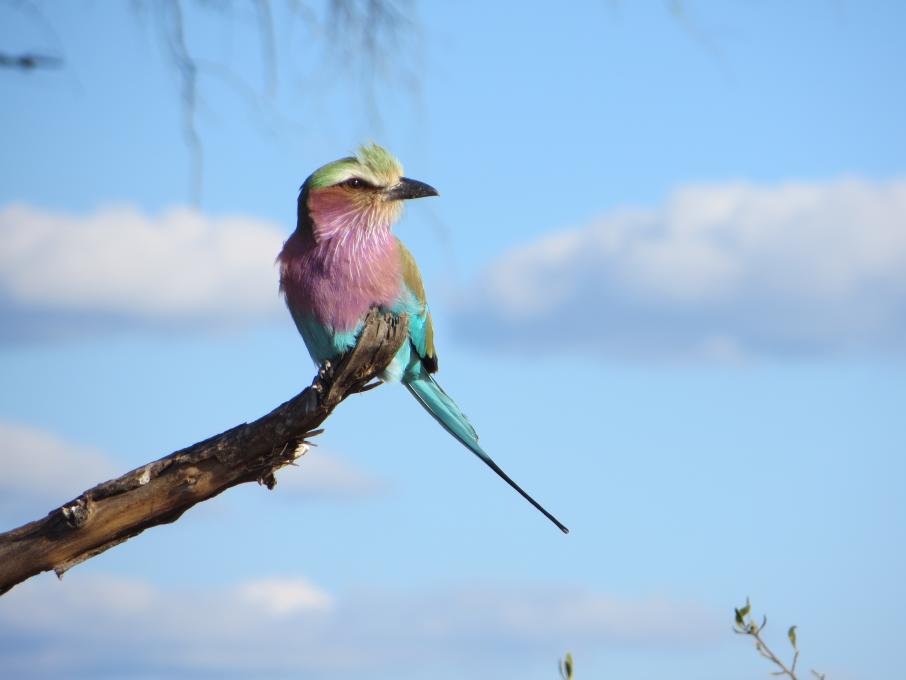
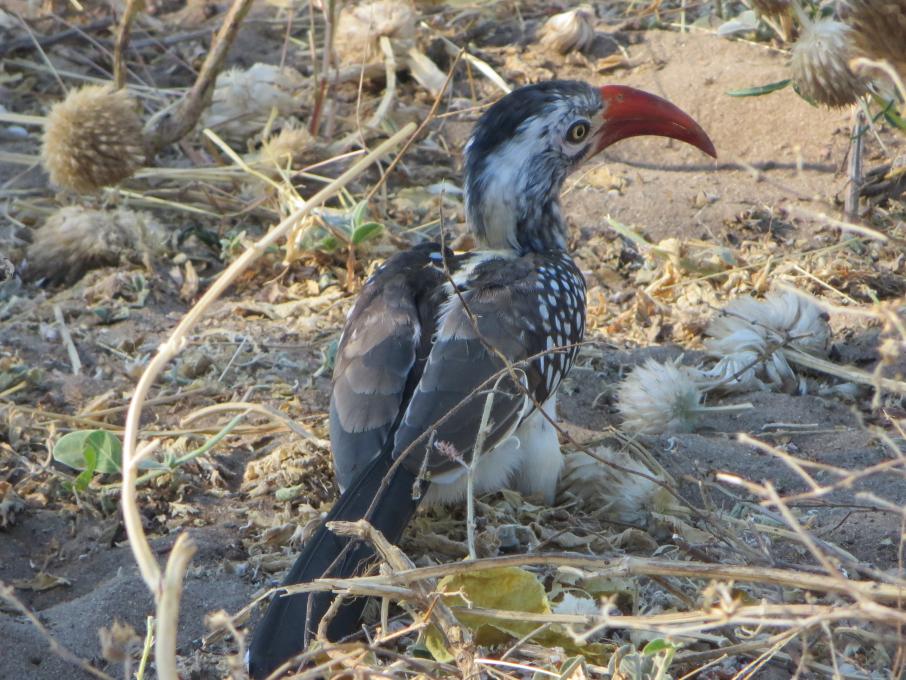
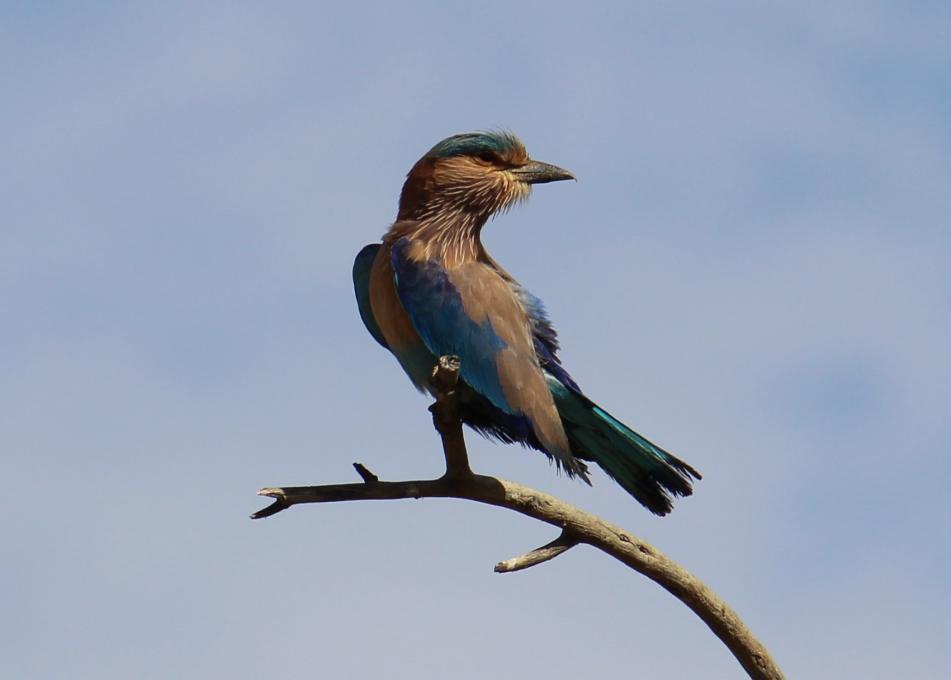
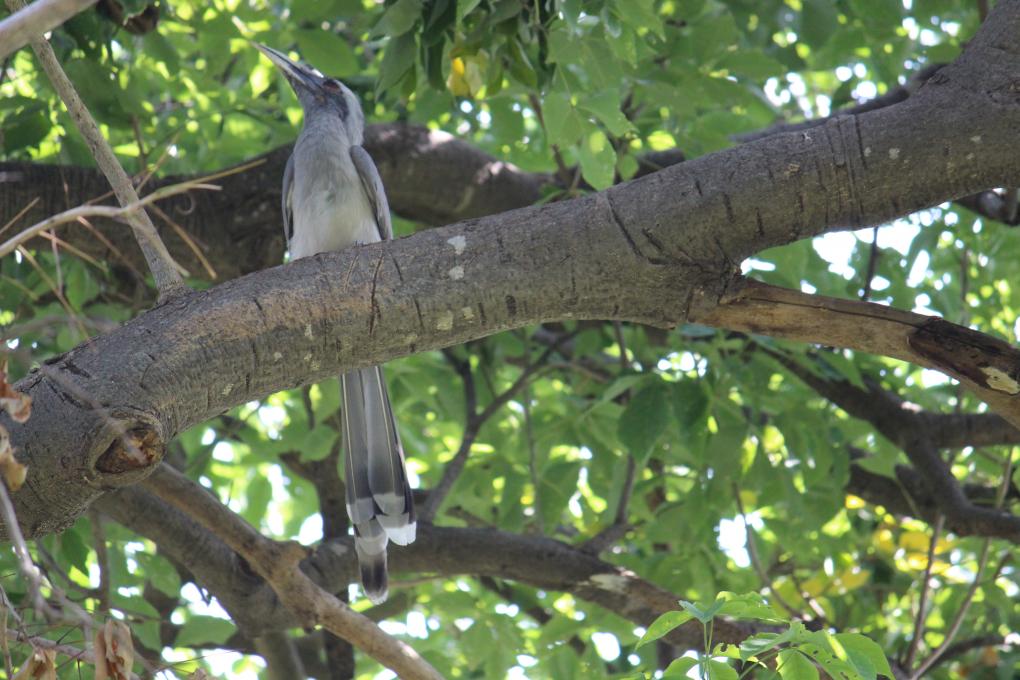
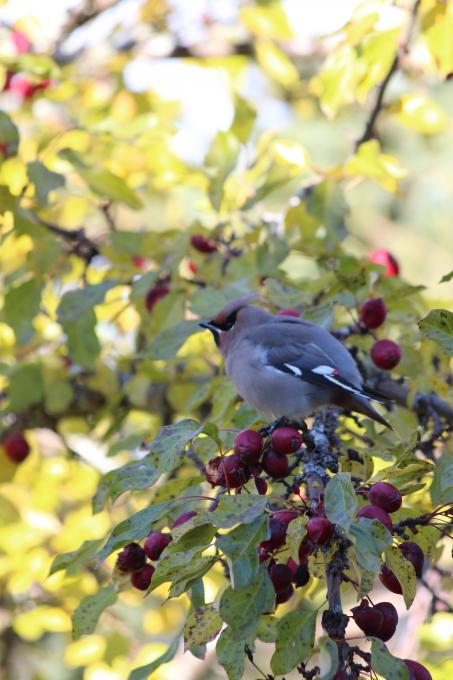
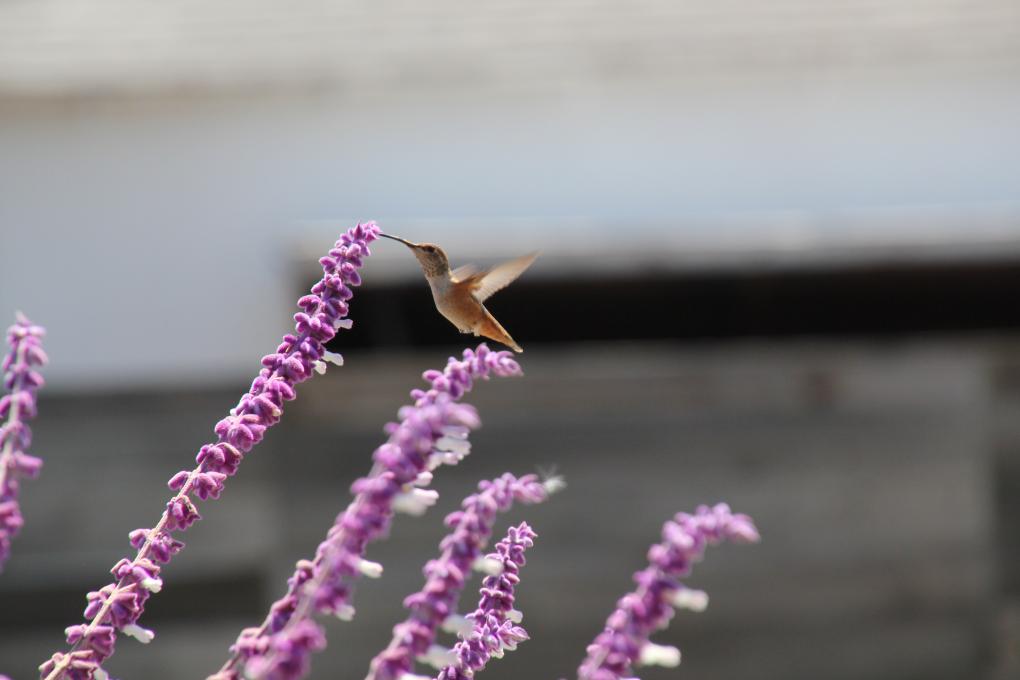
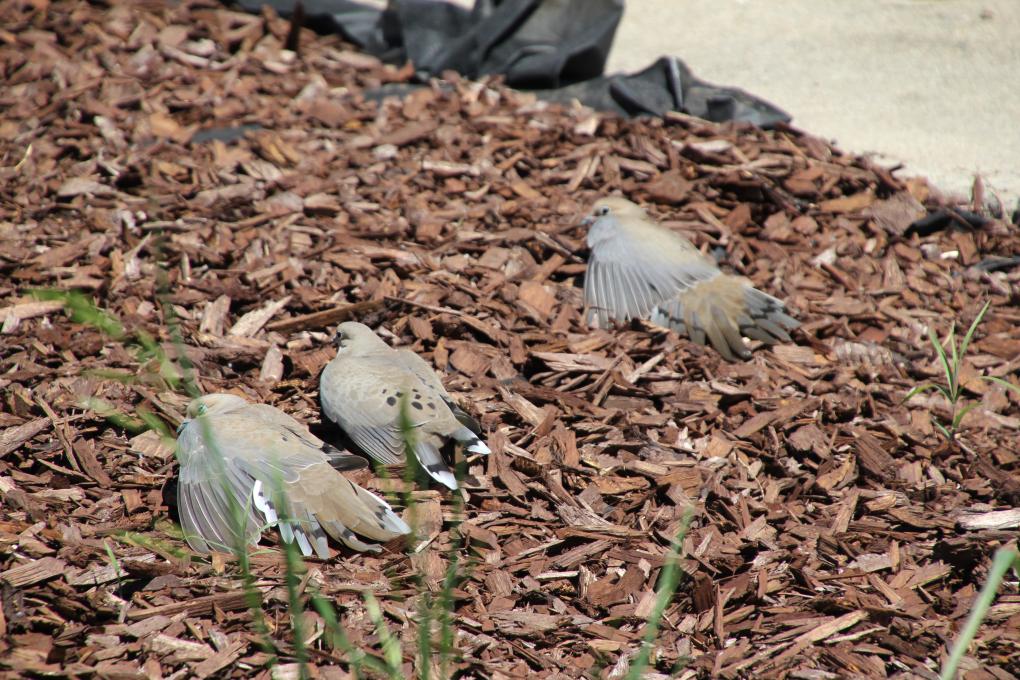
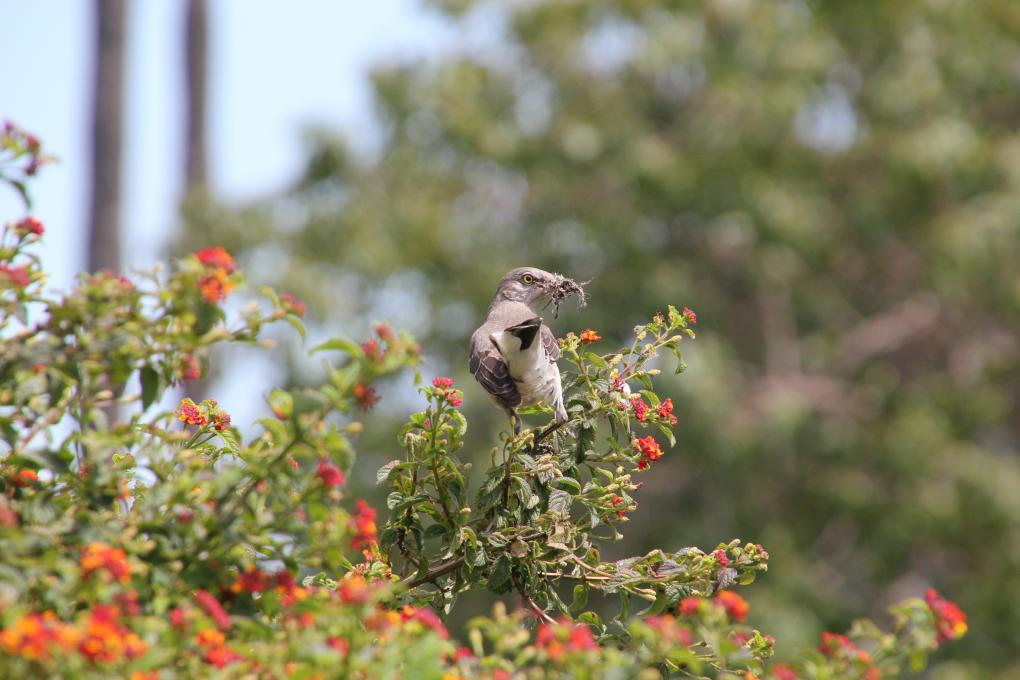
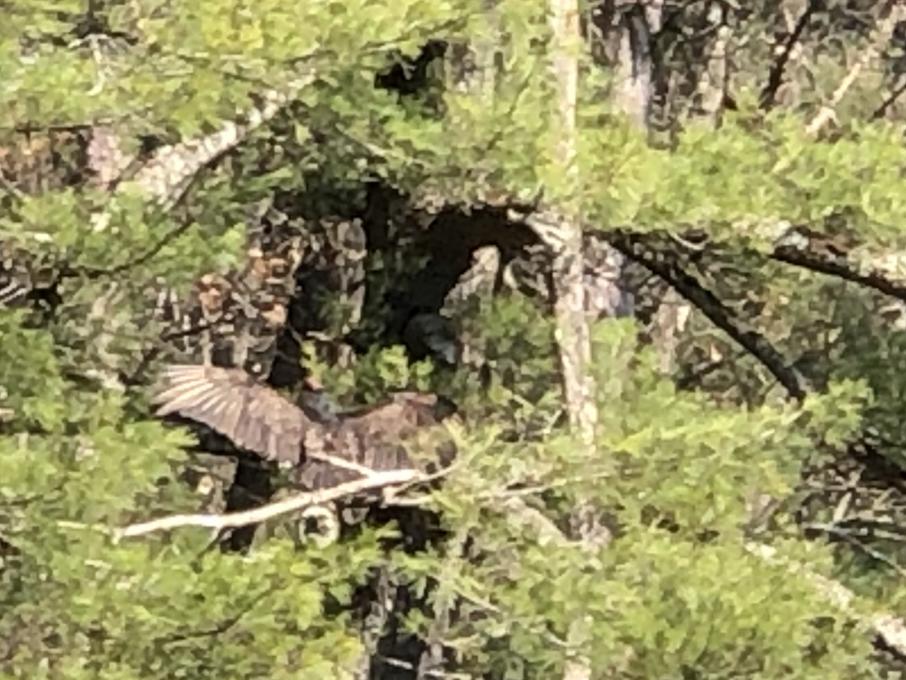
 My wife and I spend winters in Florida (Delray Beach) and the rest of the year on the eastern edge of NYC. This year we did not rush home so are still Florida 'snowbirds' until end of May. There are so many great birds right outside our front door (we face a large lake that has a nearby island) that it is hard to pick and choose among the many residents. Right now the egrets are nesting and looks like getting ready to give birth. They are very active nest-building along with some tri-colors and great blue herons. And the wood storks hold sway in the upper parts of the island canopy. I'd like to be able to share this joy with others.
My wife and I spend winters in Florida (Delray Beach) and the rest of the year on the eastern edge of NYC. This year we did not rush home so are still Florida 'snowbirds' until end of May. There are so many great birds right outside our front door (we face a large lake that has a nearby island) that it is hard to pick and choose among the many residents. Right now the egrets are nesting and looks like getting ready to give birth. They are very active nest-building along with some tri-colors and great blue herons. And the wood storks hold sway in the upper parts of the island canopy. I'd like to be able to share this joy with others. 